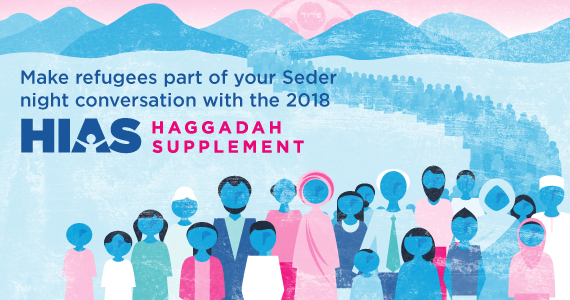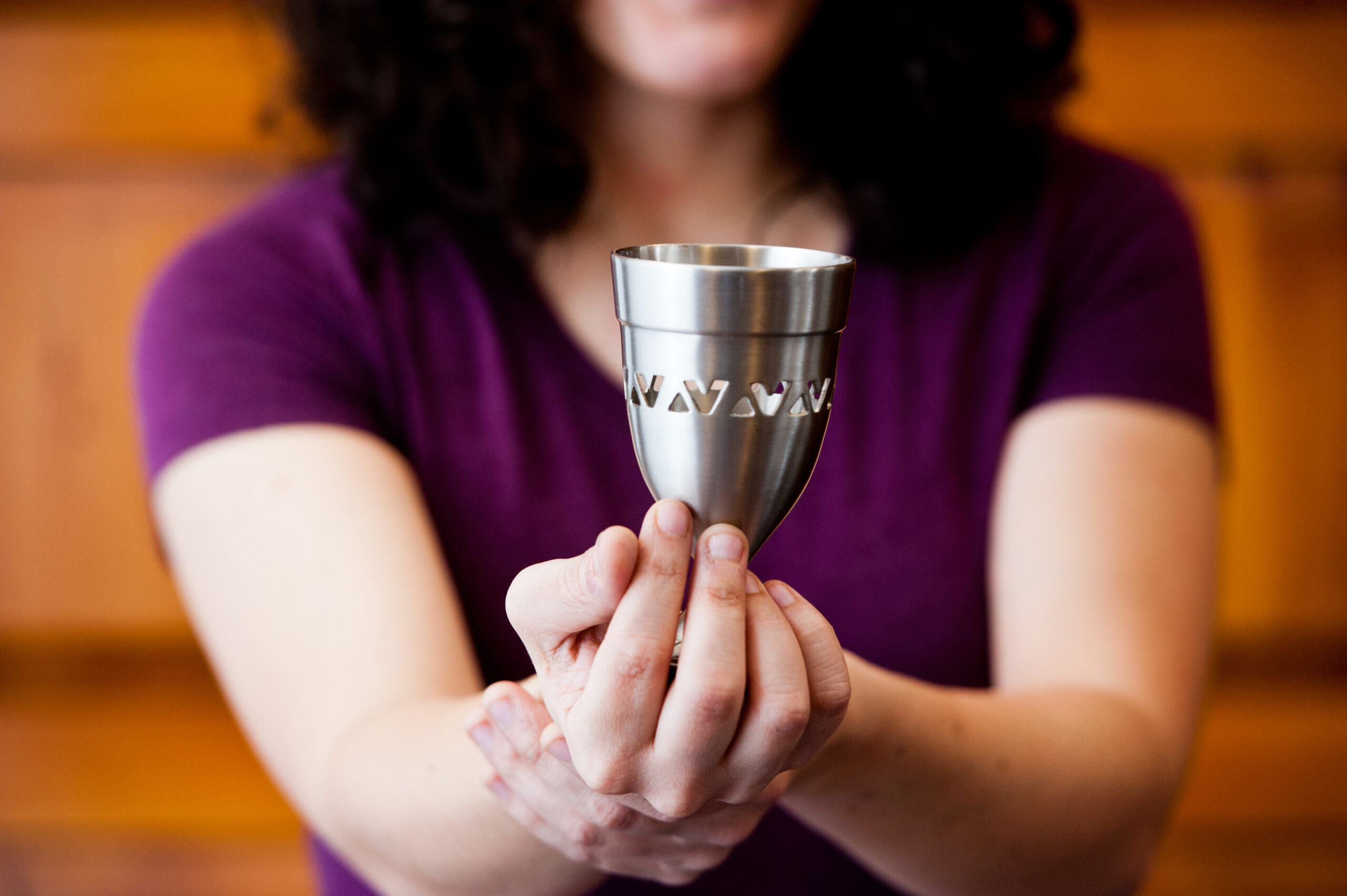The cruel restrictions placed on refugee populations seeking safety in the United States draw us to this supplement created by HIAS, which explores how items on the seder plate can be symbols for the struggles and resilience of refugees.
The Seder Plate and Today’s Refugees
The Passover Seder plate is one of the oldest symbolic representations of the Jewish people’s historic refugee experience.
In the face of unprecedented efforts to limit refugees’ ability to seek safety in the United States – even as more people are displaced by violence and persecution than ever before – these powerful symbols of both the unimaginable suffering and the boundless resilience and hope of refugees feel particularly poignant.
Download HIAS’ 2018 Haggadah supplement to explore these symbols in the context of the contemporary refugee crisis.
The black and white version is optimized for printing at home. Learn more: https://www.hias.org/passover2018.













